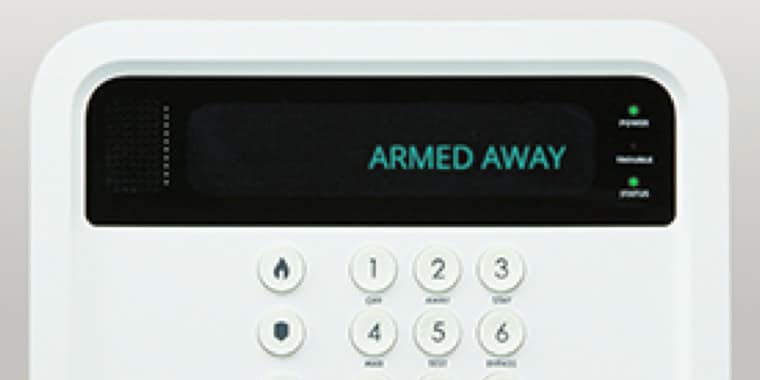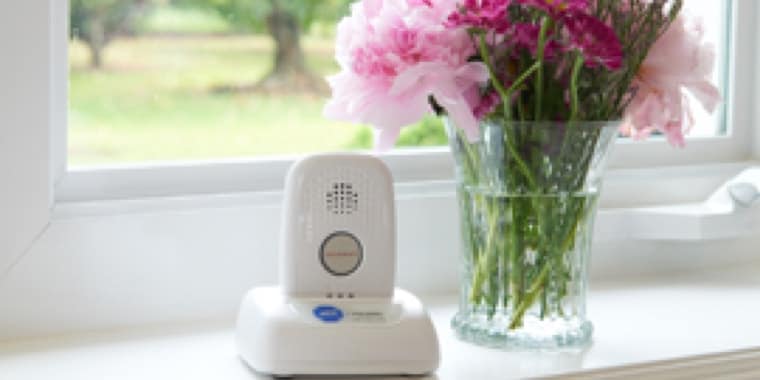Medicine Cabinet Safety Tips
Rx Safety Tips from ADT
One of the biggest dangers in our homes is the medicine cabinet. It’s where we keep items like bandages, antibiotic ointment and toothpaste. But it’s also where we keep the prescription and over-the-counter medications we use. From decongestants and cough syrup to pain killers and heart medication—the medicine cabinet is a veritable at-home pharmacy.
If you have young children, teens or even elderly parents living in your home, this can present a dangerous situation and you should protect them by limiting access to this storehouse of chemicals.
To protect your family, ADT offers the following Medicine Cabinet Safety Tips:
- At least once a year, go through your medicine cabinet to get rid of old or expired medication, herbs, or other supplements.
- Create a child-proof area that can be locked and keep medication lids tightly closed.
- Keep your medications in the container they come in.
- Avoid mixing different pills in one container. Keeping your medication in the original container helps insure that you are taking the medication you intend to take and in the dosage recommended.
- Keep it locked. If your medicine cabinet doesn’t lock, consider getting a new one or putting a childproof lock on it. You can also Install an asset protection device on your medicine cabinet or anywhere you store your medications. If the cabinet is opened, you will immediately receive a phone call or text message alert.
- Store medication elsewhere. The humid environment of the medicine cabinet is not ideal for some medications. Consider storing them on in a locked bedroom drawer instead.
Help keep your loved ones safe by following these simple medicine cabinet safety tips as well as our other guides on staying safe at home.





